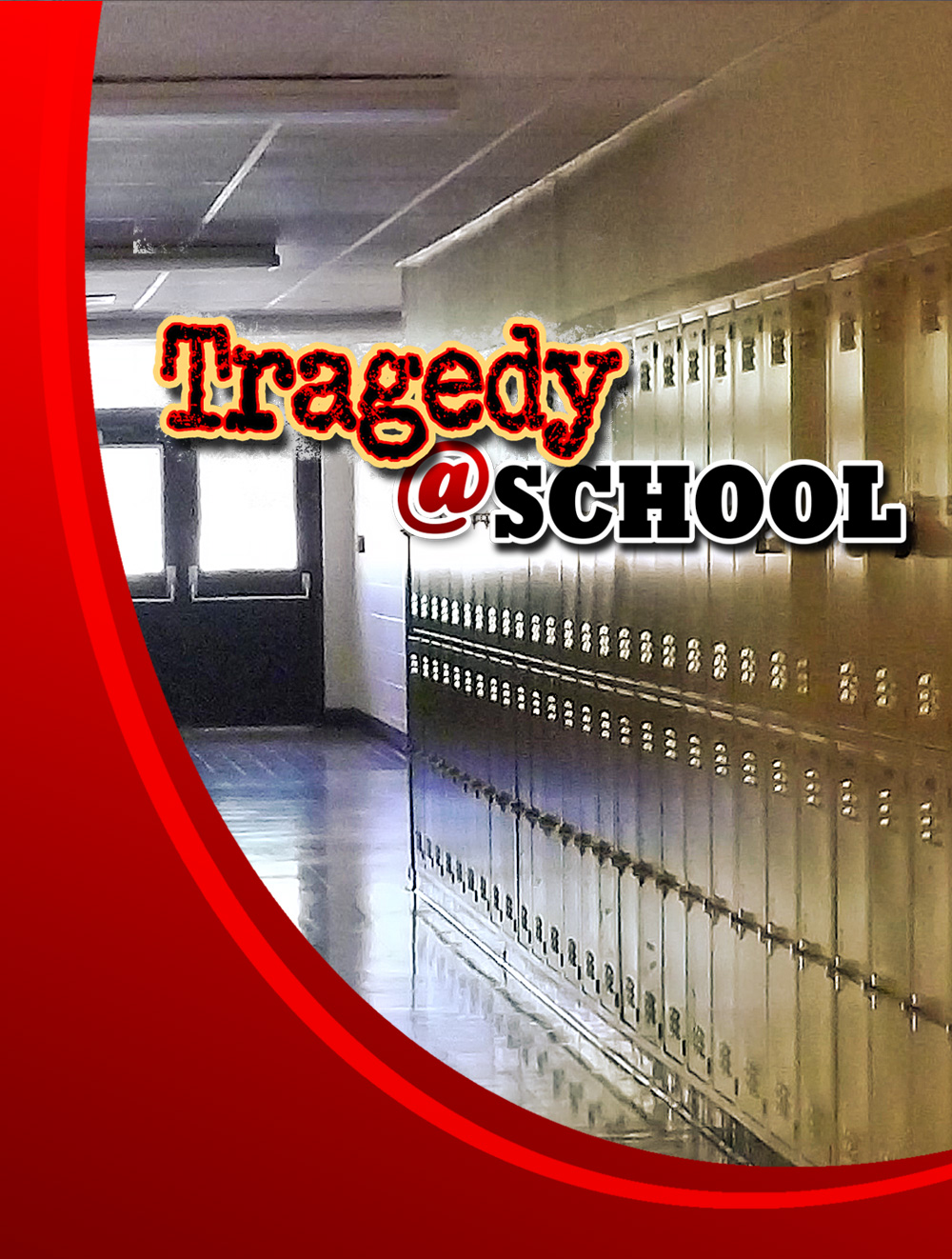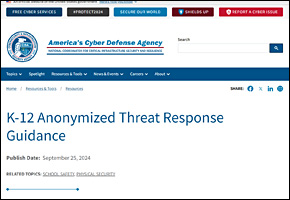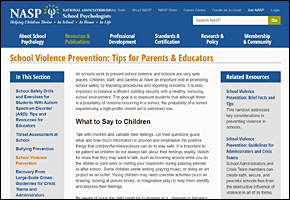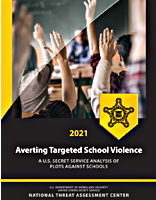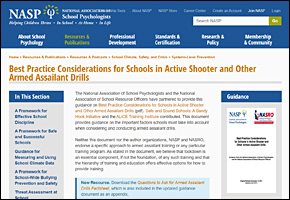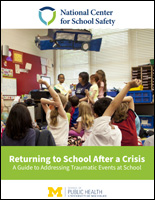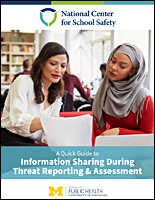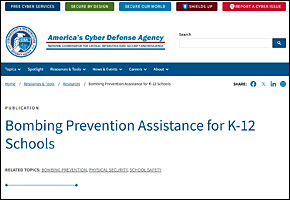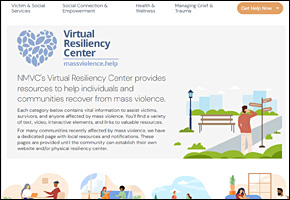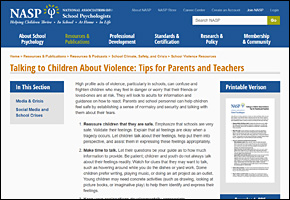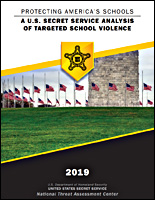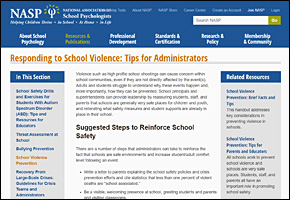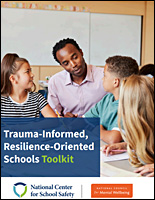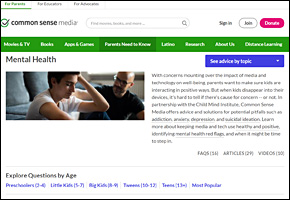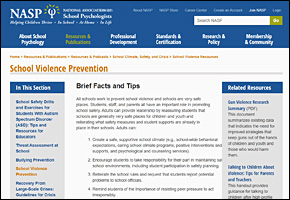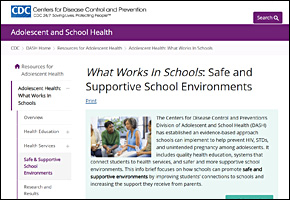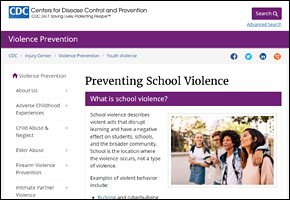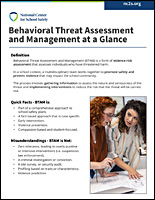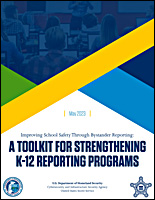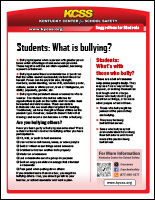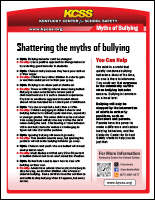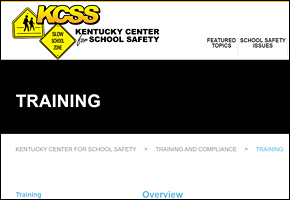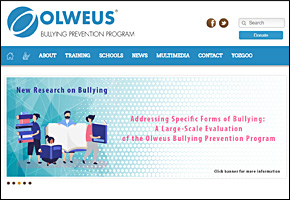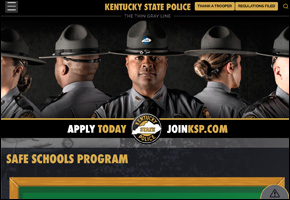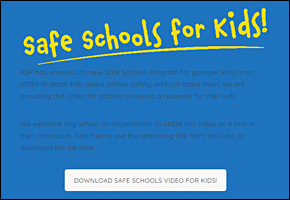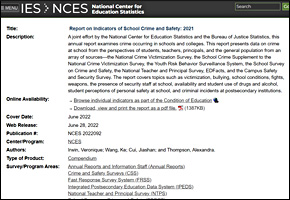 National Center for Education Statistics and the Bureau of Justice Statistics, this annual report examines crime occurring in schools and colleges. This report presents data on crime at school from the perspectives of students, teachers, principals, and the general population from an array of sources. The report covers topics such as victimization, teacher injury, bullying, school conditions, fights, weapons, and student use of drugs and alcohol. The indicators of crime and safety are compared across different population subgroups and over time. Data on crimes that occur away from school are also offered as a point of comparison where available.
National Center for Education Statistics and the Bureau of Justice Statistics, this annual report examines crime occurring in schools and colleges. This report presents data on crime at school from the perspectives of students, teachers, principals, and the general population from an array of sources. The report covers topics such as victimization, teacher injury, bullying, school conditions, fights, weapons, and student use of drugs and alcohol. The indicators of crime and safety are compared across different population subgroups and over time. Data on crimes that occur away from school are also offered as a point of comparison where available.
Learn more
